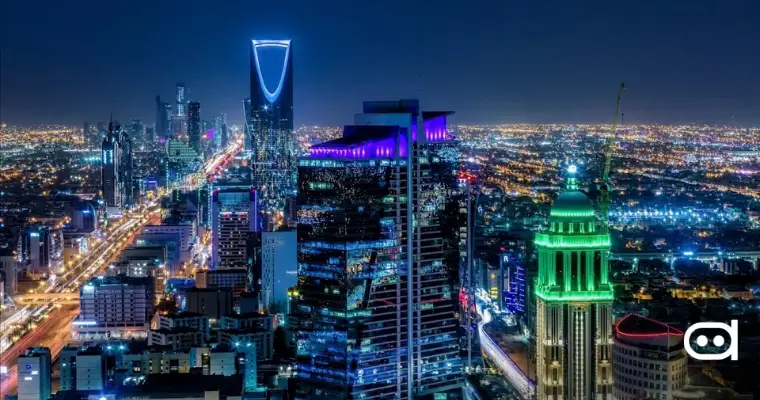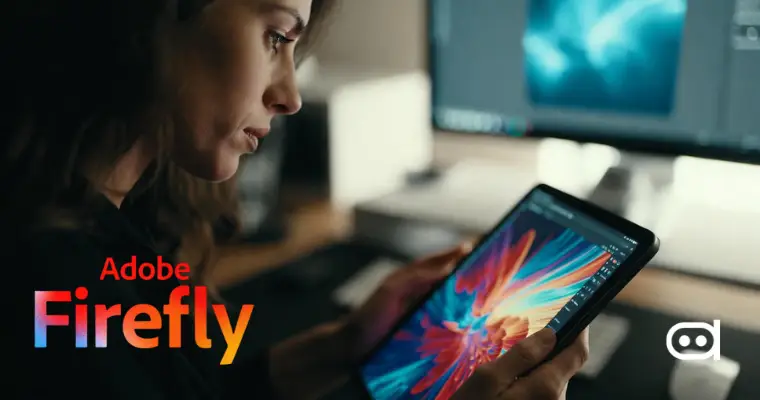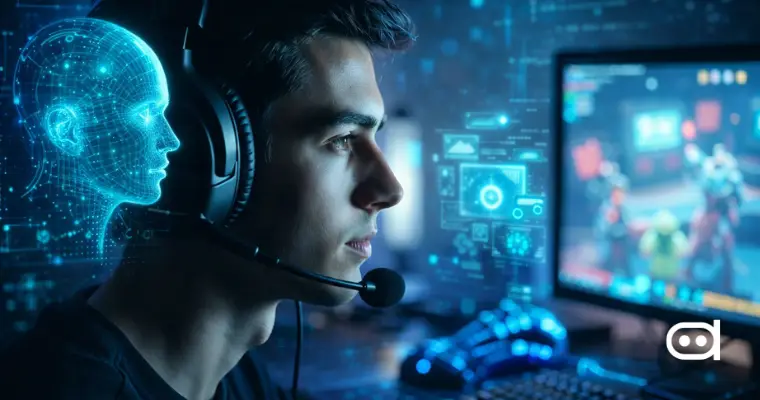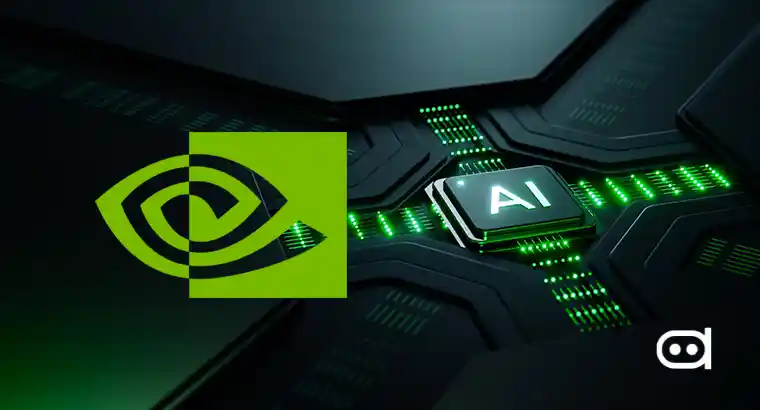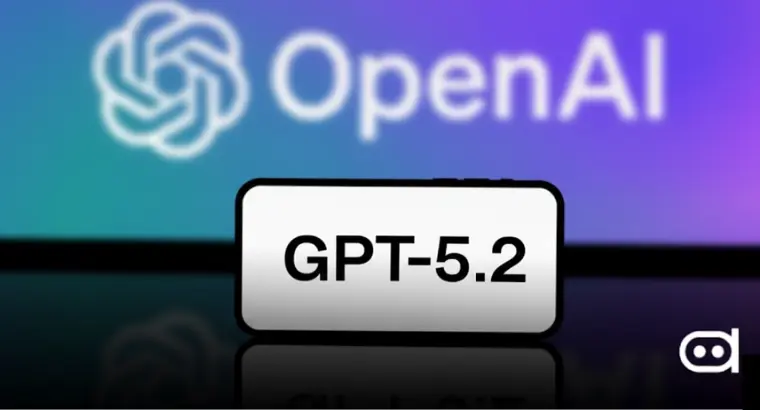
With the innovations in AI image-generating software, it has become apparent that even the most complicated tasks such as designing can be easily mastered by anyone. This advancement has altered how we think about creating visuals since the techniques are not limited to only the designers. This article will delve into various types of AI image generators, their functions, the recommended way to use them, and other applications to optimize their efficiency.
Understanding Image Generators
What are Image Generators?
An image generator is a tool that makes use of artificial intelligence and machine learning to build visual content in accordance with commands or text given. Such technological tools are capable of creating pictures just from the texts and even editing already existing pictures with the help of complex neural networks and big data sets, which help the machine process the request and create images accordingly.
Types of Image Generators
-
- Text-to-Image Generators: Turn word-based inputs into pictures.
- Image-to-Image Generators: Alter or adjust given images according to certain criteria.
- 3D Model Generators: Produce three-dimensional illustrations based on text inputs or flatter images.
Popular Image Generator Tools
A number of the best AI Image generator tools have become well-known as a result of their impressive functionality and ease of operation. Some of these include Midjourney, DALL-E, Krea AI, Nightcafe, Adobe Firefly, and more. These platforms offer free trials as well as more advanced paid plans, allowing users to choose what they need.
Best Practices for Using Image Generators
Experimenting with Different Styles and Techniques
- Output Resolution: Modify the output resolution according to your requirements. There should be a balance between the detail and file size.
- Aspect Ratio: Set the right dimensions for your image according to its target audience (like 16:9 for wide angle view, 1:1 for social media cover photos).
- Artistic Styles: Work with different genres of art to accomplish varied goals, for example, picture realism, impressionism, or abstractionism.
Evaluating and Refining Generated Images
- Clarity: The primary subject or idea should be conveyed without ambiguities.
- Detail: The degree of detail for significant parts of an image should be assessed.
- Overall Aesthetic Appeal: Image quality in terms of construction, colors, and the overall impression of the resulting image should be evaluated.
Ethical Considerations and Copyright Laws
While image generators are amazing tools to have, it is important that you be aware of how copyrighted images work in your jurisdiction. Also, think about the possibility of conflict with the intellectual property rights of others. Where possible utilize such tools responsibly and within the confines of the law.
Providing Clear and Detailed Prompts
- Wording: Precision is crucial; make sure that you use vivid details about your expectations.
- Order: Imagine your outline or plan it as a cake, where the biggest layer is the main subject, and the other layers are the details.
- Conciseness: Without lacking in detail, be as brief as possible (especially in order to achieve desired visions within 50-150 words usually).
- Employ illustrative examples: Include particular art forms such as styles or artists. For example, the prompt can be “inspired by Van Gogh’s Starry Night” to shape the look and feel of the image.
- Indicate the camera position or angle: Use words such as ‘wide shot’, ‘high shot’, ‘overhead shot’, ‘bird’s eye view, and ‘head and shoulder shot’ in order to determine the arrangement of the picture.
Also read: Prompt Writing Tips for Image Generation
Leveraging Image Generators for Various Purposes
Image generator applications are equipped with various features and functionalities making them useful tools in many creative and professional contexts.
Enhancing Existing Images
Apart from generating novel images, image generation software can also offer ways to enhance your images by applying stylization techniques, improving the resolution, and modifying the background, among other operations. Such applications can transform the looks of existing pictures where all the obsolete features are changed to current ones by enhancing the overall quality of an image.
Creating Original Visual Content
Image generators are good at making new images of any size or shape with different aspect ratios and dimensions which are ideal for using AI-generated images for marketing, making sure content is always right where it is meant to be. These applications stand out in creating useful graphics for social media audiences like reels and stories, making the content more interactive.
Designing Graphics for Marketing and Branding
When it comes to marketing and branding, the rate at which image generators create materials is overwhelming. They can design tailored website banners, email banners, and advertising banners guaranteeing that there is uniformity in branding through all channels. Such generators are even able to create illustration pictures that go hand in hand with the brand message, which in turn aids in the creation of the brand’s communication strategies.
Generating Art and Illustrations
For artists and illustrators, image generators are helpful to their imagination since there are no limitations. These tools can even create images for each and every frame in a simple animation ensuring that even the most basic of ideas can be presented in motion. They are also efficient in designing graphic novels, wherein the panels or pages are based on the outline of the story provided in the lingo of the comic book in production. Lastly, image generators help artists incorporate, and play with the various styles and techniques of digital art, which helps with fresh artistic exploration or rendering ideas swiftly.
Assisting in Content Creation
Content development is aided by image generators, as they help in building stories and growing content in any medium. They can visually illustrate written words, making the story finer and more interesting to the audience. These tools can also produce images that help in defining the character of the text, such as images that set a mood, thereby making the viewer fully engaged.
Conclusion
With the rapid use of image generators, creating visual content has never been easier, whether for professionals or amateurs. Understanding how the tools work, and using them appropriately for diverse purposes can help users become creative and efficient to another level! Such technology has its advantages, and thus the users have to keep abreast with what is new and the ethical issues regarding its usage.
